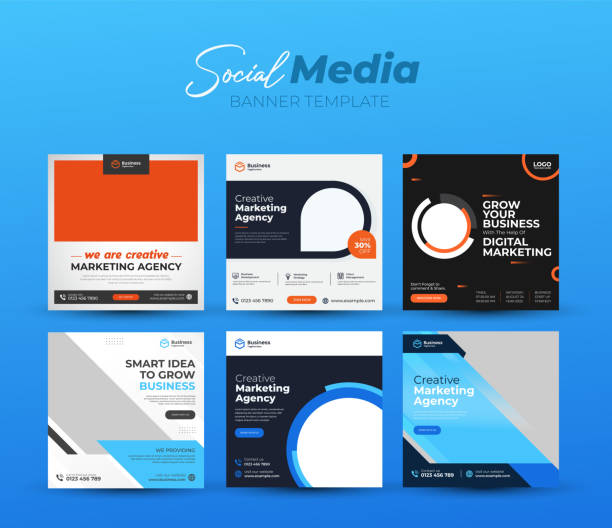What is the first product that you think of when you see a certain type? You probably think of Tesla when you hear the word electric car. Internet search engines? Google is the answer. What about men’s shaving products, please? Gillette or Dollar Shave Club?
These companies all share one thing: successful branding. These companies have established themselves as leaders in their sectors. It’s no coincidence that “google” is synonymous with online searching.
Brand mapping can help you reach that level of recognition.
Brand mapping allows you to differentiate your business from the competition and keeps it in the minds of customers.
Follow these five steps to reach your destination.
Find out your current market position
First, you need to look at your business within the context of the wider market. It would be best if you asked yourself the following questions:
What makes your product different from others?
Do you offer your customers a solution to an age-old problem?
Your market position influences brand recognition.
In a crowded market, leaders are dominant in their area while competitors battle over the remaining space. In a crowded marketplace, leaders dominate their field while competitors fight over what’s left. Your product should be cheaper, faster, or better than the products of your competitors.
Businesses that have a unique product or service in a niche market don’t necessarily need to be faster, cheaper, or better. These factors are less important because there’s no other option. You can position your business to be a leader in the market and set standards for the industry. Your competitors will slowly challenge your position as a market leader, and they’ll use strategic positioning in order to highlight the differences.
Some excellent business resources examine the topic of positioning and market creation in greater detail. Blue Ocean Strategy, for example, is a great resource. How Rebels and Innovations Create New Categories, Dominate Markets is another interesting read.
Do a competitor analysis
Analyzing your competitors is also important to help you understand the competition. You can create a winning strategy once you know their strengths and weaknesses.
You can use different methods to identify your competitors:
Marketing research. This is made relatively simple by the Internet. You can find out about your competitors by using your favorite search engine and entering a few keywords.
Customer surveys. Ask your existing customers for feedback. What other companies did they look at before choosing you?
Social media. Most businesses engage in social networking with potential customers and build a community. Review the sales and marketing strategies of a few companies and their preferred social media channels.
You can assess your competitors once you have identified them. What are their best-selling products? What are their marketing strategies? What is their market share? This information can be used to improve your brand’s positioning.
Decide your USP
You can turn one of your strengths, once you have identified your competitor’s strengths and weaknesses, into a unique selling proposition. This can range from offering cheaper products to having a lower average handling time.
Tableau is one of the leaders in the SaaS market for business intelligence and analytics. This is a competitive niche where many tech giants, such as IBM and Microsoft, have become major players. Tableau’s USP is what allows it to stand out from the rest of the pack.
Tableau’s 16-word value statement says a lot: it’s a platform that is easy to use and helps its users have a positive impact on their businesses.
Tableau’s passionate users and its industry-leading security are just two of the reasons that have led to this status.
Build your strategy on the USP. You should spend a lot of your time on it.
Rare are the businesses that stand out. You can define your message by defining your USP. Consistent messaging based on your USP will help you to connect with your audience.
Draft a positioning statement
After identifying your USP, you should draft a positioning sentence, which should be no longer than two sentences. This short statement defines what you offer your customers. Your audience and employees will better understand your brand if it’s clear.
It cannot be easy to condense all of the information about your business into just two lines, especially if you tend to speak passionately and for a long time. Ask yourself these questions to help you.
Who are your clients?
What is the product category of your company?
What are the benefits of your product?
What can you prove?
You can use the answers you get to create a powerful, concise statement. Once you have decided, make sure your brand is aligned with the information. All aspects of your business, from email signatures and webpages to all other marketing materials, must be aligned with your positioning statement.
The statement alone is not enough to position the business but is an integral part of the strategic process.
Brand maps can help you to test your brand’s position
The process of brand mapping is never-ending. You should continue to analyze your business’s success as long as it is still in operation. Check your bottom line and your position, as well as conducting customer surveys.
It is possible to achieve this by using brand-mapping. The American Marketing Association states that “perceptual brand maps are the visual plotting specific brands against axes where each axis represents a known attribute which drives brand selection.”
AMA lists three other benefits of brand mapping:
You can get valuable insights into your industry and competitors.
You can see the direction in which your brand is going.
This helps you determine if your brand is aligned with your business plan.
Gartner’s Magic Quadrant, which is often not described as a brand perception map, has all of the components. It reveals how users and investors perceive brands in relation to their competitors.

